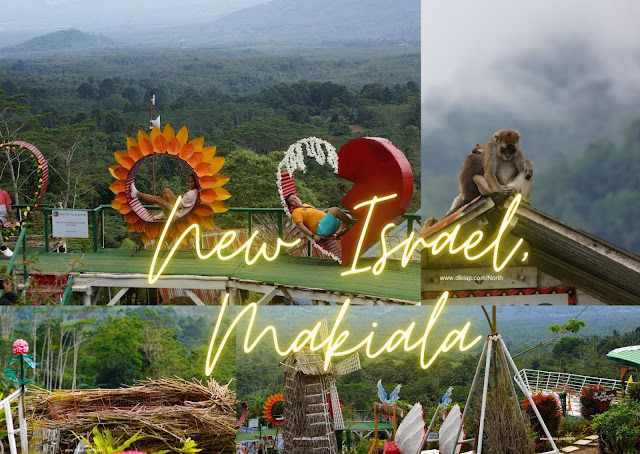Pikit is a municipality known for its scenic landscapes, historical landmarks, and vibrant local culture located in the province of North Cotabato, Philippines
Pikit is also known for its rich history, with many important historical landmarks and sites to explore. These include the Pikit War Memorial Shrine, which commemorates the bravery of local heroes who fought during the Philippine-American War, and the Pikit Heritage Houses, which are traditional houses that date back to the Spanish colonial period.
The town's culture is reflected in its festivals and events, including the Pagana Kulit Festival, which is a celebration of the town's diverse cultural heritage, and the Kavurunan Festival, which showcases the local delicacies and cuisine of the area.
Brief History
The town has a rich history that dates back to pre-colonial times and has been influenced by various cultures and religions throughout the years.
Before the arrival of the Spanish colonizers in the 16th century, Pikit was already inhabited by the Maguindanao people, who were known for their Islamic culture and way of life. The town became an important trading center due to its strategic location at the crossroads of several trade routes.
During the Spanish colonial period, Pikit was under the jurisdiction of the province of Zamboanga. The town was later transferred to the province of Cotabato in 1914 when the province was established.
In the early 1900s, the town became a battleground between the Philippine-American forces and the Moro resistance fighters, who were fighting for their independence. The Battle of Pikit, which took place in 1902, was one of the major clashes between the two sides.
In the years that followed, Pikit continued to develop and grow, with the establishment of schools, hospitals, and other public services. The town has also experienced its share of conflict, particularly during the Mindanao conflict in the 1970s and 1980s, which resulted in displacement and loss of life for many residents.
Today, Pikit is a bustling town that continues to celebrate its rich cultural heritage and history. It is home to a predominantly Muslim population and has a strong sense of community and pride in its traditions and customs.
When visiting Pikit, you can expect to experience the rich culture and history of the area, as well as enjoy the scenic beauty of the surrounding landscapes. Here are some things to expect when visiting Pikit:
- Rich Islamic heritage - Pikit is a predominantly Muslim town, so expect to see many Islamic landmarks, traditions, and customs. The Salam Mosque is a must-visit for anyone interested in Islamic culture and architecture.
- Historical landmarks - Pikit has many important historical landmarks, including the Pikit War Memorial Shrine and the Pikit Heritage Houses. These sites offer visitors a glimpse into the town's rich history and heritage.
- Natural beauty - Pikit is surrounded by beautiful landscapes, including Pikit Lake, which is a popular destination for fishing, boating, and picnicking. There are also several waterfalls and rivers in the area that offer great hiking and nature experiences.
- Festivals and events - Pikit is known for its festivals and events, including the Pagana Kulit Festival and the Kavurunan Festival. These celebrations showcase the local culture and cuisine and provide a great opportunity to experience the vibrant energy of the town.
- Local cuisine - Pikit is known for its delicious local cuisine, which includes dishes like beef sinina, chicken piaparan, and tinagtag. Be sure to try these dishes and other local delicacies during your visit.
Overall, visitors can expect a unique and authentic experience when visiting Pikit, with a mix of cultural, historical, and natural attractions to enjoy. Pikit offers visitors a chance to experience the natural beauty, rich history, and vibrant culture of North Cotabato.






